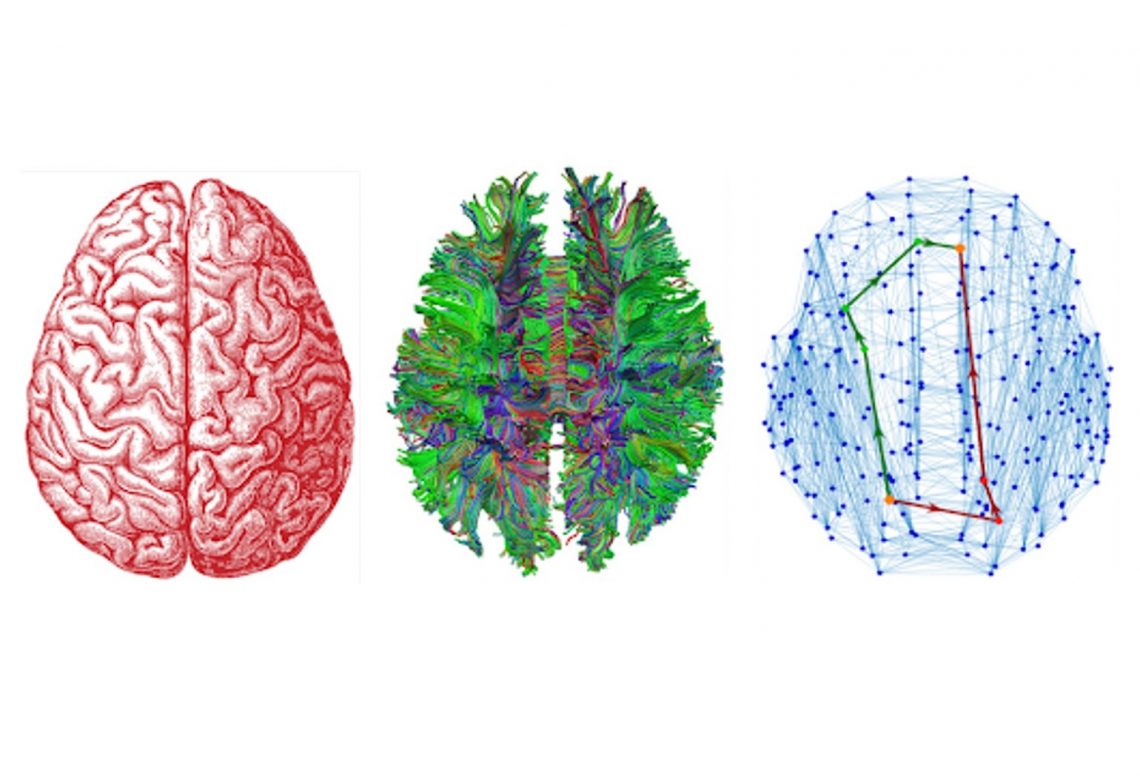Australian researchers have devised electrical and magnetic brain stimulation techniques for people suffering from treatment-resistant depression.
More effective, customised treatment for depression will soon be available for patients thanks to research undertaken by University of Melbourne’s Associate Professor Andrew Zalesky and his research team, in collaboration with the Queensland Neurostimulation Centre.
With a PhD in electrical engineering and formal training in applied mathematics, Zalesky and his team developed new imaging technology based on MRI scans of a patient’s brain.
“In simple terms, we’re using advanced brain imaging techniques to enable us to target the correct circuit to treat,” he told create. “Traditional approaches use a one-size-fits-all approach, and the problem with that is that we believe we end up targeting the wrong circuits in some patients.”
Zalesky said that altered communication between key brain regions may result in the symptoms of depression. Traditional TMS (transcranial magnetic stimulation) or brain stimulation therapies for depression target stimulation to the same region, irrespective of the patient’s symptoms or brain architecture.
“We know through neuroimaging studies that there’s extensive variation in brain circuitry, brain connectivity and brain networks across individuals,” he said. “The one-size-fits-all approach might target the wrong circuits in particular individuals — and we think that’s why some patients don’t respond well to treatment.”
Media error: Format(s) not supported or source(s) not found
Download File: https://createdigital.org.au/wp-content/uploads/2022/05/Cobot-Video.mp4?_=1How it works
“When it comes to the personalisation of brain stimulation therapy, the main engineering challenge is the low signal-to-noise ratio of functional MRI images. Separating noise from brain activity is a real challenge,” Zalesky said.
“To reliably map a person’s functional brain circuitry, we need to acquire lots of data. Typically, the patient would need to spend up to 30-50 minutes inside the MRI scanner for us to collect sufficient data to ensure that the brain network maps we reconstruct are reliable.”

For some patients, staying still in an MRI scanner for such a long period of time is not possible.
“We’ve developed novel algorithms that allow us to reduce the amount of time that the patient needs to spend in the scanner — but with that minimal amount of data, we’re still able to reconstruct accurate and reliable brain maps that we can then use to inform the brain stimulation therapy,” he said.
“In a nutshell, the key innovation here is the novel image processing algorithms that we’ve developed to process the brain scans, which we can then use to reduce the time the patient spends in the scanner. Therefore, it makes it more comfortable for the patient and it makes personalisation of the therapy feasible.”
The procedure, which is being trialled clinically in the Queensland Neurostimulation Centre, also makes use of a TMS robot to deliver their innovation of determining the optimal coordinate for treatment.
“A coil delivers the stimulation to that precise point to the patient and if the patient moves their head during the treatment, the robot will then adjust the coil to compensate for that movement,” Zalesky said.
“That way, we can be sure that therapeutic magnetic stimulation is delivered to the precise coordinate at all times.”

Engineering better therapeutics
Zalesky works in systems neuropsychiatry, which focuses on understanding the brain as a whole through the relations between particular regions, and how communication and interactions occur between those different parts.
“We’ve moved from a reductionist approach where we’re focused on trying to understand the function of a specific region to a systems approach,” he said. “The importance of that is that we know now that many neuropsychiatric and neurological disorders are actually disorders of altered brain connectivity.
“For example, schizophrenia is associated with dysfunction and disruption to communication between multiple brain regions, particularly frontal and subcortical circuits. Similarly, with depression, neural circuits linking the limbic system with the frontal cortex show evidence of dysfunction, and we believe that altered interactions between these brain regions may in part result in the symptoms of depression.”

The technology was recently approved by the Therapeutic Goods Administration in Australia, and has been licenced to the Queensland Neurostimulation Clinic. Around 30 patients have been treated to date.
“While a full clinical trial is needed to establish efficacy, most patients have reported excellent outcomes,” Zalesky said.
Some individuals will have one course of treatment, and other individuals will require maintenance treatments every 6 to 12 months. But the researchers hope that their optimised approach will result in longer efficacy.



